The best way to deal with most pests and diseases is to prevent them. Many plant pests are encouraged by warm, humid conditions, and are discouraged by fresh, moving air and cool temperatures. Therefore, if you've germinated your seeds indoors, it helps to get your seedlings outside as soon as possible after germination. Even quite small seedlings of hardy plants can withstand freezing conditions, and they are usually stronger plants, because they grow small cells close together with cell walls to support the plant rather than large cells filled with water. It is the water expanding when it freezes that kills many seedlings, as the ice crystals cut the cell walls. You are also less likely to get moulds and damping off if your plants are outside.
Many animal pests live in our gardening clutter - heaps of pots, packets of fertilisers, bags of compost and so on. The tidier we are, the less homes we provide for the creatures that will attack our plants.
Some pests are happy either indoors or out, but we are more likely to notice them indoors and so remove them before they can damage seedlings. Slugs and snails can get indoors, but they are usually found outside. If you have problems with mice or other small rodents, you may need to cover your seedlings - perhaps with netting rather than plastic or glass.
The following Chart shows some of the common pests and other animals you are likely to find on and around your plants.
Pest and Diseases Identification Chart On the Plant
| Pest | Description & Damage Caused |
|---|---|
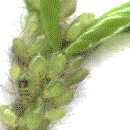 |
Aphids - Greenfly These are soft-bodied insects that usually congregate on the growing tips of young plants. They are small sap-sucking insects, so can weaken the plant. They can also carry diseases and viruses from plant to plant. Aphids can be killed by most ordinary insecticides. For small seedlings, I dilute the insecticide and paint it on the affected part with a child's paint brush. |
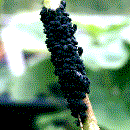 |
Aphids - Blackfly Almost the same as Greenfly, except that they are usually found in dense colonies like a soft black coating all around a stem. They are probably best eradicated by removing the affected part of the stem, or spraying with insecticide. |
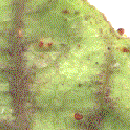 |
Red Spider Mite Like aphids, these are sap-sucking insects. They also make minute webs around the growing tips or leaf edges, which may be more noticeable than the insects. Red Spider Mites are much smaller than aphids, and are usually found on the underside of leaves. Use a general insecticide or a systemic insecticide which might deal with these insects before you see them. |
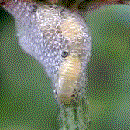 |
Froghopper This is a small insect which is usually found in its nymph stage in a cloud of small bubbles, called 'cuckoo-spit'. The adults bear a resemblance to frogs and hop, hence the name. They are sap-sucking insects, damaging and weakening plants. Froghoppers usually occur in small numbers, and are easily removed by spraying with water. |
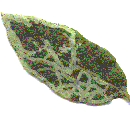 |
Leafminer Leafminers are the larvae of small insects. They feed on leaves, making tunnels between the upper and lower surface. The larvae are difficult to kill once they are in their tunnels, and the easiest way to deal with them is to remove affected leaves. If the infestation is severe, systemic insecticides may be effective. |
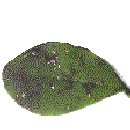 |
Sooty Mould, Black Mildew This is a small black fungus which grows on the honeydew produced by aphids and other insects. It does not actually grow on the plant, but on the surface of leaves, which blocks out the light and prevents photosynthesis. Sooty Mould can be removed by wiping the leaf gently with a cloth or tissue dipped in warm water. |
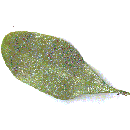 |
Powdery Mildew This is an unexpected form of fungus, as it can thrive in dry conditions. Its effects include yellowing of leaves, and stunted or distorted growth. The fungus itself is then seen as visible white powder on the surface of leaves and stem. It can be dealt with by removing dead or damaged plant tissue, and some fungicides may be effective. |
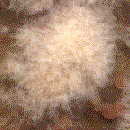 |
Botrytis, Grey Mould There are several types of mould which can affect seedlings. They form grey or white fluffy patches on leaves or stems. Affected seedlings usually die. Prevention is better than cure. Make sure the air around your seedlings is moving, as moulds like stagnant air. |
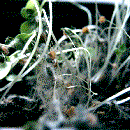 |
Damping off Damping off is a mysterious fungal disease which affects young seedlings for no apparent reason, causing them to fall over and die, often in patches. Sow seeds thinly, and water the soil with Cheshunt Compound (a mixture of copper sulphate and ammonium carbonate) before sowing to prevent attacks. |